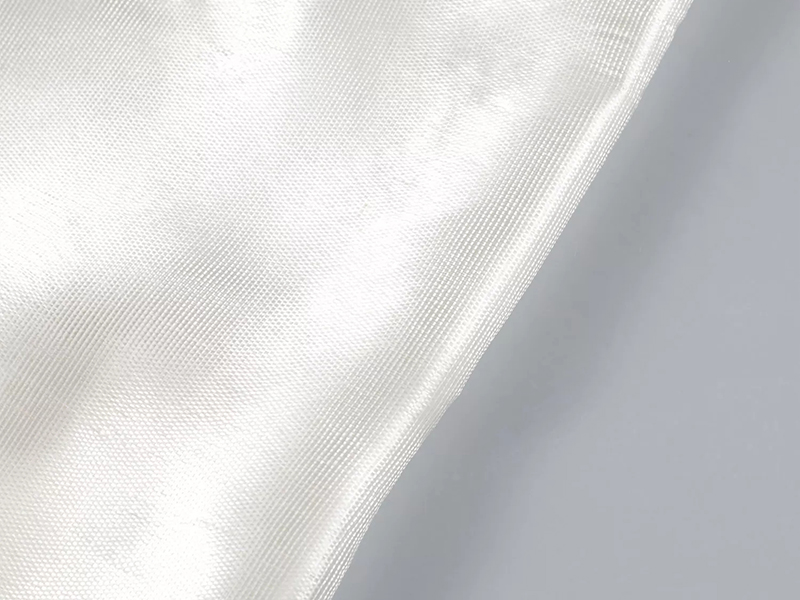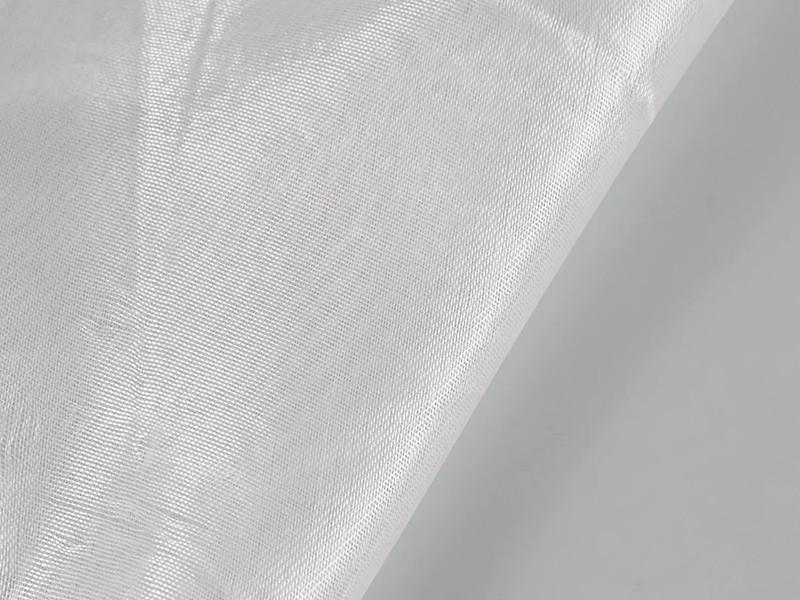How to Protect Fiberglass Cloth Insulation from Weather and other Elements?
Building efficiency can be increased by reducing heat transmission by using fiberglass cloth insulation. To guarantee this sort of insulation performs well over the long term, it is crucial to protect it from weather and other elements. This essay will examine weather and environmental safeguards for fiberglass cloth insulation.

Fiberglass cloth insulation should be installed to minimize exposure to the elements as one of the primary defenses against damage. To achieve this and protect the insulation from the sun and rain, use an appropriate cover material, such as felt or tar paper. In order to stop water from penetrating the insulation, it is also crucial to cover the fiberglass cloth insulation with a vapour barrier.
Making ensuring that fiberglass cloth insulation is put correctly is another approach to safeguard it. This entails selecting the ideal installation strategy for the particular application, such as cavity wall insulation or header insulation. Additionally, it's crucial to place the insulation so as to reduce any air spaces or pockets that can transmit heat.
By using the right methods for storage and transportation, fiberglass cloth insulation can also be shielded from the elements and the weather. This entails keeping the insulation dry and cool and transporting it with as little contact to water or other contaminants as possible.

In conclusion, safeguarding fiberglass cloth insulation from the elements is essential for ensuring its durability. A high-quality insulation that will last for many years can be provided by using the right installation techniques, cover materials, and storage and transportation methods.




